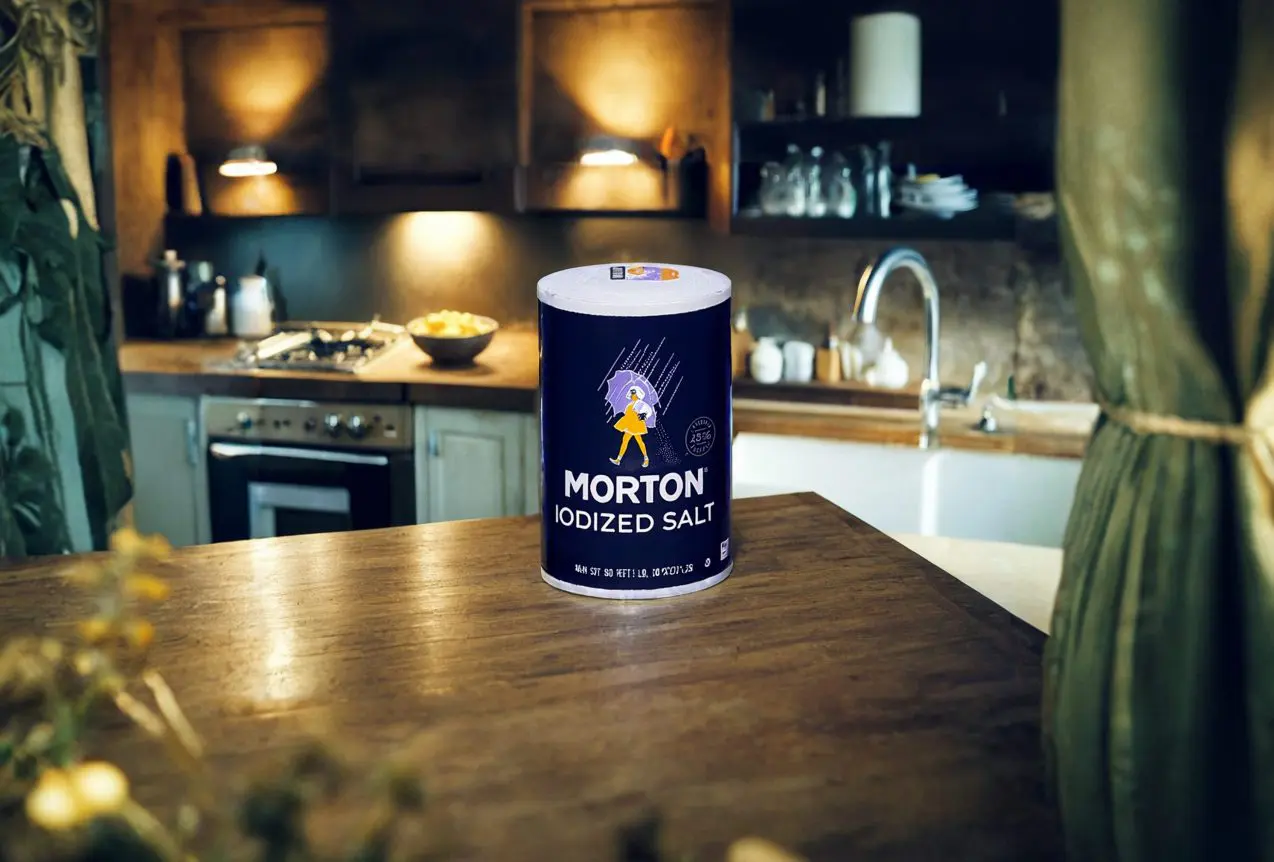The Morton Salt shaker revelation has sparked imaginative speculation around other possible hidden features in everyday household items. TikTokers have taken to testing hunches as some wonder if the handhold indents reveal storage for extra packets. Or if the ridges circling chapstick tubes could pull off to store tiny snacks.
Online discussions have brought whimsical ideas ranging from secret tools tucked in potato chip bags to unfoldable drinking straws hiding in the cardboard of toilet paper rolls. This flood of creativity signals that while advancing technology shoulders much future innovation, consumers still appreciate cleverness in simplicity.
“I love those videos probing everyday stuff for surprises,” said social media user Jen Clark. “It makes me curious what secret hacks could already lurk in my cupboards.”
This open-mindedness has Brita filter reps reviewing prototype pitcher models with detachable fruit infuser cups or ice compartments. Scotch tape engineers have returned focus to improving dispenser cutter edges often used for tasks beyond sealing packages. Even banana hanger brands see an opportunity now in multi-functionality.
“We’re asking how a peel holder could double as a tablet stand or mini-shelving unit,” said Walter Gages of BananaJungle products. “Regular household items still have so much untapped potential beyond their perceived one-time function.”
Manufacturers have taken notice and begun re-evaluating packaging and product construction under an inventor’s eye for innovation possibilities. The simple act of questioning an item’s limits has reframed design thinking toward everyday enhancements that spark small moments of pleasure, wonder or convenience in users’ lives.
Consumer psychologists explain that discovering these embedded features also taps a primal urge for exploration and mastery of one’s environment. Like uncovering hidden pictures or solving puzzles, stumbling upon a secret innovation satisfies the brain’s intrinsic reward system. These delight moments then reinforce positive brand associations that favor household names catering occasional surprise alongside familiarity.
“Embedded features not only showcase thoughtful design,” said business consultant Ada Yates. “They provide that subtle moment of joy where owners feel they’ve uncovered something unexpected from an otherwise routine item.”
Whether impromptu straws, convertible components, or simply peel-off salt shakers, speculation continues around what other delights await discovery in the packages populating home spaces everywhere. Perhaps the household names of tomorrow will be the ones who best preserve innovation not just for emerging technologies, but for the trusted staples that have furnished cabinets through the decades.
As speculation and curiosity continue around what other hidden features may be tucked into trusted household items, some companies are using the viral salt shaker moment as an opportunity to engage consumers more directly. Brands like OXO, KitchenAid, and Umbra have launched social media campaigns calling for users to share product hacks and insightfulness they’ve uncovered themselves at home.
KitchenAid representatives in particular are probing the inventive ways their stand mixers get utilized beyond baking prep. Users have responded with MixerMashup videos demonstrating attachments blending salsa, softening butter, making fresh pasta – even sharpening knives on whirling mixer blades. The company now sees potential for peel-off panels on mixer bodies to store custom attachment heads.
Meanwhile OXO officials comment on the impressive functionality repurposed in their garlic press tools and apple corers by creative home cooks. Having gained insight into the adaptable utilities favored by purchasers, they aim next product lines at enhancing multi-use for similar kitchenwares.
“Everyday household items remain fertile ground for embedded innovation,” said OXO sales manager Wendy Fields. “As our customers show what they instinctively expect from beloved products, we get closer to elevating function as well as form.”
Even smaller startups like eco-cutlery maker ReTensils have gotten involved, asking supporters what secondary uses they’d like to see for reusable takeout containers or folding spork models. Crowdsourcing insight this way provides market research and bonding experience all at once.
“Great tools blend into daily living while making tasks easier,” said ReTensils founder Rico Choi. “Listening to users’ off-label uses guides us toward building better multi-functionalities into original designs.”
The collective exploring of household items for hidden gems or untapped potential continues building unique community while unearthing insights for improving beloved products. Both consumers and companies seem to benefit from the creativity and connections stemming from simple curiosity around everyday home goods.

 Trump has begun another trade war. Here's a timeline of how we got here
Trump has begun another trade war. Here's a timeline of how we got here
 Canada's leader laments lost friendship with US in town that sheltered stranded Americans after 9/11
Canada's leader laments lost friendship with US in town that sheltered stranded Americans after 9/11
 Chinese EV giant BYD's fourth-quarter profit leaps 73%
Chinese EV giant BYD's fourth-quarter profit leaps 73%
 You're an American in another land? Prepare to talk about the why and how of Trump 2.0
You're an American in another land? Prepare to talk about the why and how of Trump 2.0
 Chalk talk: Star power, top teams and No. 5 seeds headline the women's March Madness Sweet 16
Chalk talk: Star power, top teams and No. 5 seeds headline the women's March Madness Sweet 16
 Purdue returns to Sweet 16 with 76-62 win over McNeese in March Madness
Purdue returns to Sweet 16 with 76-62 win over McNeese in March Madness








